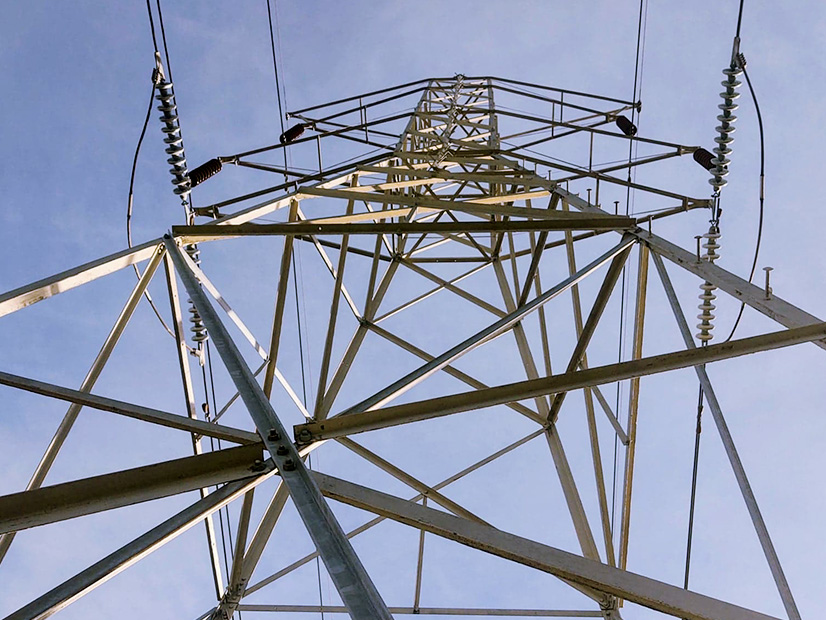The commission received dozens of comments on its advanced notice of proposed rulemaking that would require broad use of dynamic line ratings across the U.S. transmission grid.
FERC received dozens of comments on its advanced notice of proposed rulemaking (ANOPR) that would require broad use of dynamic line ratings across the U.S. transmission grid.
The ANOPR (RM24-6) proposes to require utilities to monitor hourly solar and wind conditions and a requirement to enhance data around transmission congestion outside of organized markets to see where DLRs might be cost effective. (See FERC ANOPR Seeks to Move the Ball Forward on Dynamic Line Ratings.)
Many utilities urged FERC to be cautious in mandating specific and additional requirements around DLRs, as the industry is still working to implement Order 881 on ambient adjusted ratings (AARs), which Edison Electric Institute noted comes with a July 2025 deadline. FERC also recently required transmission planners to consider DLRs as part of their compliance with Order 1920.
“EEI members are committed to deploying DLRs and other grid-enhancing technologies (GETs) where they are proven to be cost-effective and produce identifiable benefits for customers,” the investor-owned utility trade group said. “Where EEI members have implemented DLRs, they have been deliberate in their analysis and careful to ensure that costs do not outweigh benefits.”
The value of DLRs will depend on the accuracy and transparency of the line ratings used in AARs, but the industry lacks that benchmark since Order 881 has yet to go into effect, EEI said. FERC should allow some time for the industry to be comfortable with AARs because complying with two mandates at once would create overlapping deadlines, bottlenecks with limited vendors in the space, and tax utility employees working in the space, EEI said.
While the use of DLRs on the American grid has been largely at a pilot level, other commenters noted that the pilots have so far tended to show promise, and many European grids use the technology much more widely already. A group of clean energy trade associations — the Working for Advanced Transmission Technologies (WATT) Coalition, American Clean Power Association, Advanced Energy United and others — say that DLRs can help the industry deal with its most pressing problems.
“It is imperative that FERC act quickly to proceed to a Notice of Proposed Rulemaking (NOPR) and then a final rule requiring DLR under appropriate circumstances,” they said. “The urgent need for more transmission capacity is even clearer now than when FERC opened its Notice of Inquiry into the Implementation of Dynamic Line Ratings in 2022.”
DLRs would help to address lengthening interconnection queues, growing demand and the need to expand the transmission grid. Expanding the grid means shutting down parts of it as new transmission comes online, and DLRs can mitigate side effects there, the clean energy trade groups said.
“Utilities should use all cost-effective approaches to reduce the impacts of unforced and forced outages on ratepayers and markets,” they said. “Congestion and curtailment due to transmission outages should be straightforward to predict and calculate in production cost modeling (which should also be performed outside of RTOs), so an evaluation of GETs to address those outages should also be straightforward.”
A more exhaustive review of the 60-plus comments in the docket will be published in the coming days.




